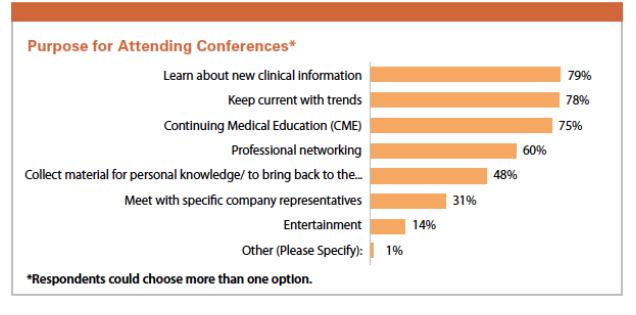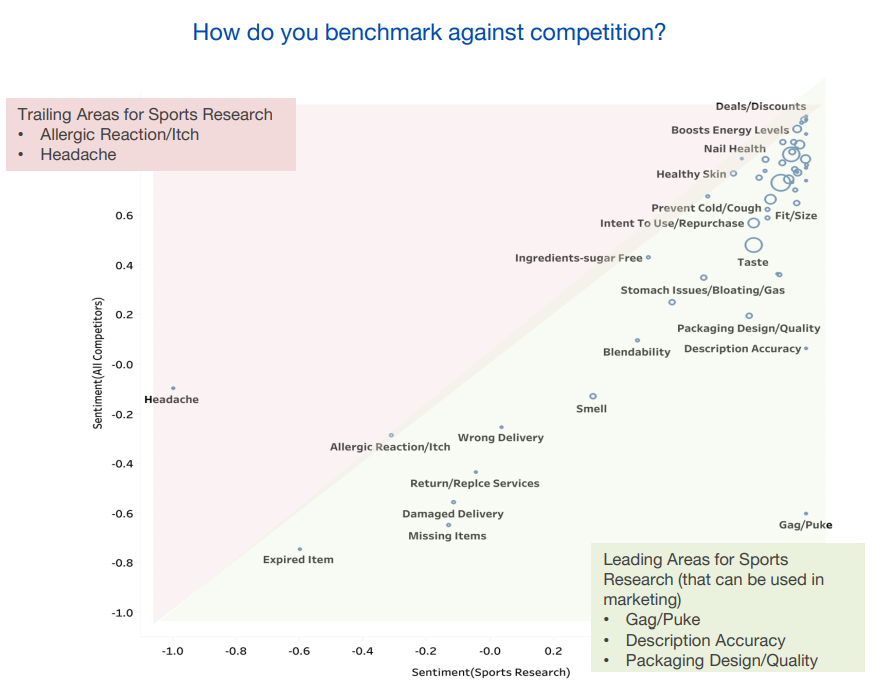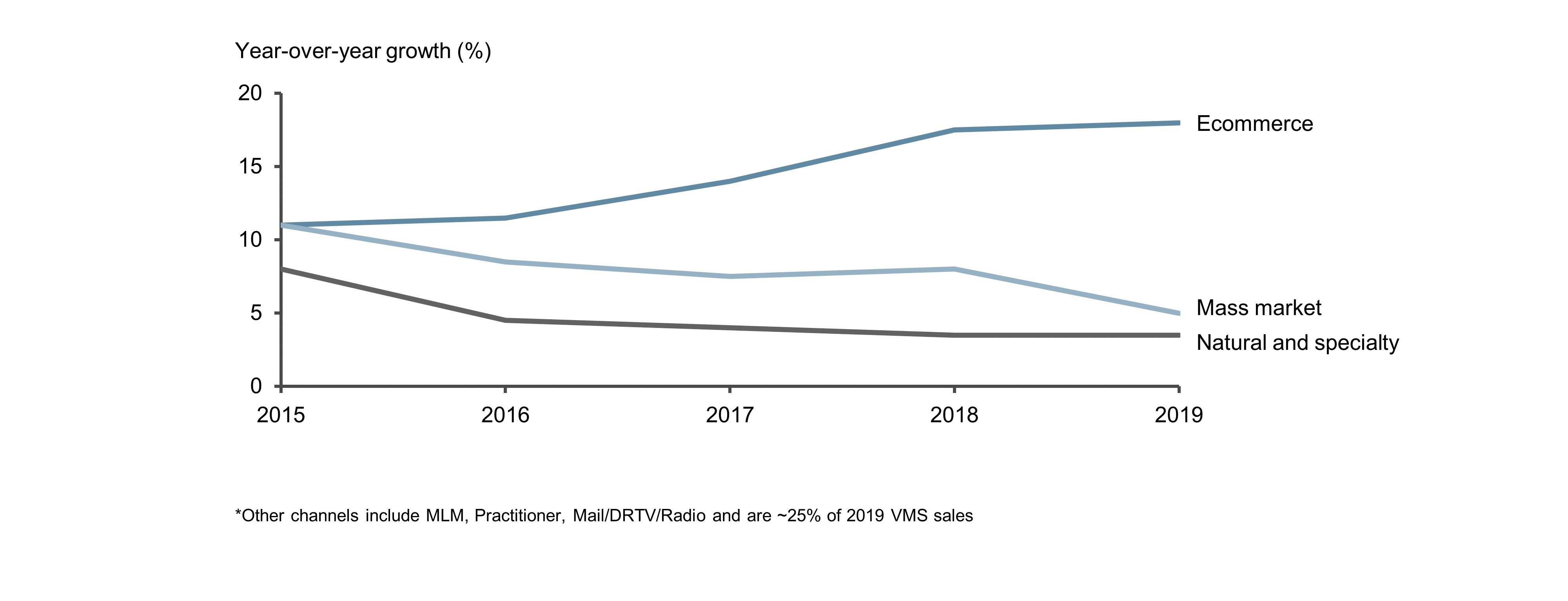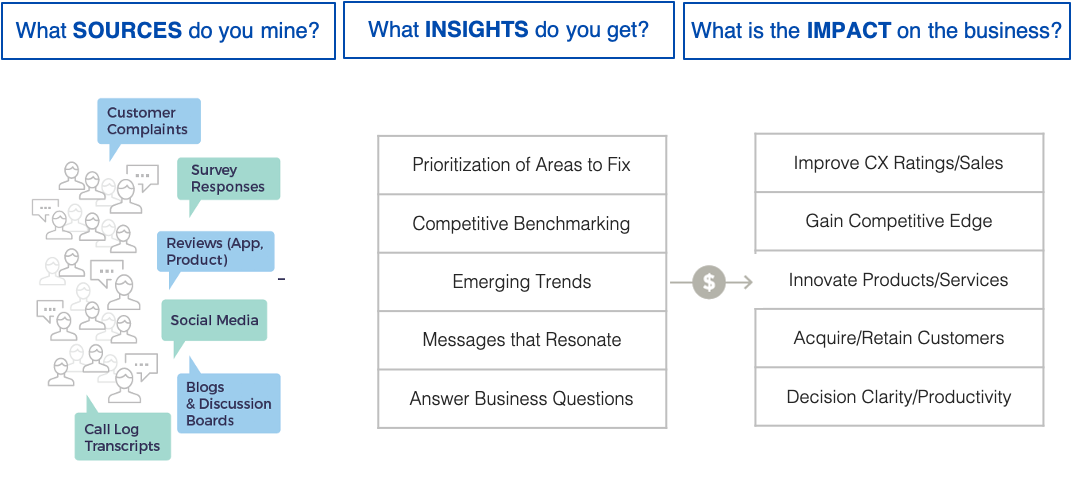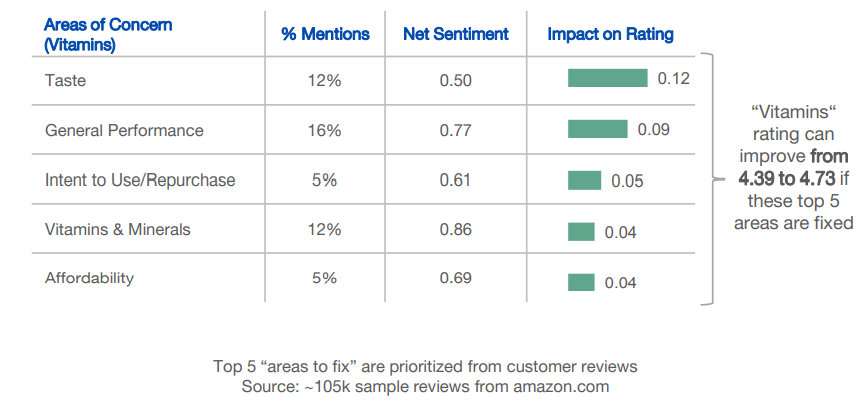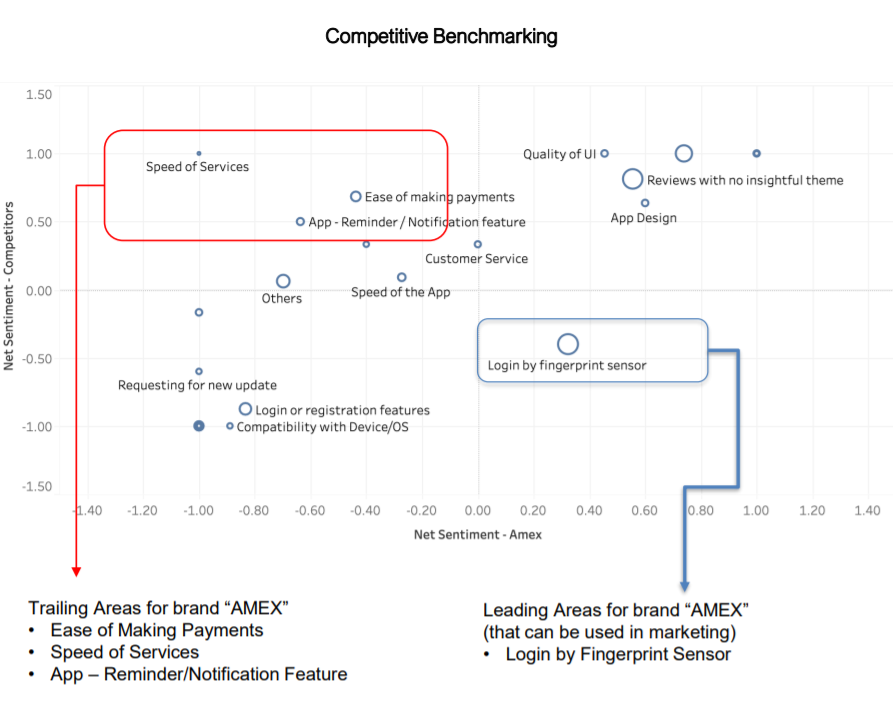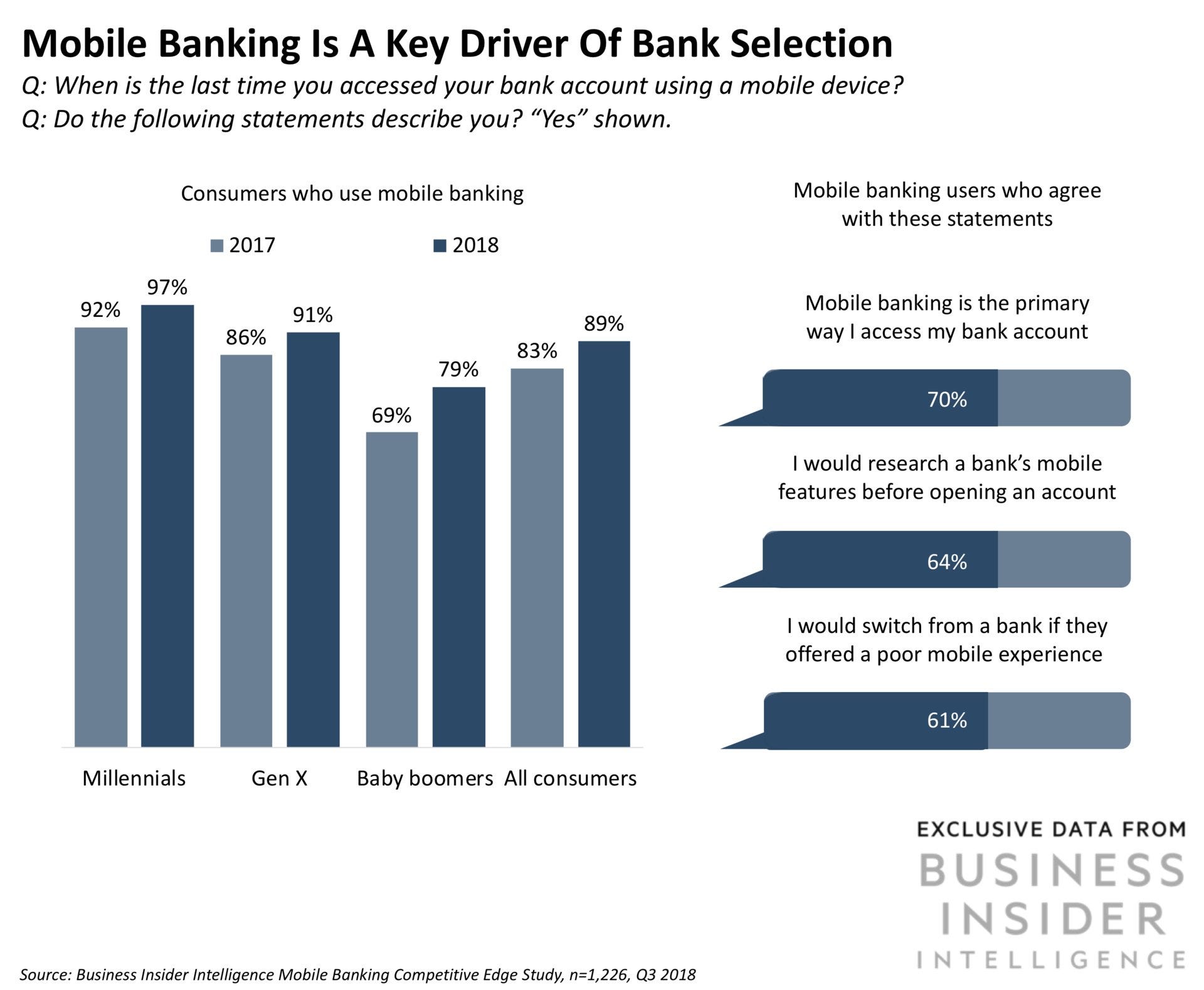The growth of e-commerce has been absolutely staggering over the last decade and has become an indispensable element of the global retail industry. E-commerce penetration has been growing steadily and now accounts for more than 21.3% of the total retail sales globally. As this growth in e-commerce penetration continues, NASDAQ predicts that by 2040 almost 95% of the total retail sales will be via the e-commerce channel. This astonishing growth has also created perpetual competition among e-commerce businesses in acquiring and retaining customers. In order to stay successful, it’s critical for e-commerce businesses to solve the never-ending mystery of understanding customer purchase behavior and identifying determinants.
E-commerce customers have become more comfortable in buying products preferred by like-minded consumers in the same demography. This tendency makes customers accustomed to reading online reviews before purchasing from an e-commerce website, this research in some cases extends beyond reviews on the e-commerce platforms to social media posts, blog posts, and news articles. After purchasing, customers also tend to post their own comments and reviews about the products/services online, helping other customers. This makes customer reviews one of the most critical influencing factors to consumer purchase behavior. In this blog post, we shall briefly discuss how customer reviews drive customer’s purchase decisions.
Exciting Customer Review Stats
- 91% of customers regularly or occasionally read online reviews.
- 84% of customers trust online reviews equivalent to a personal recommendation.
- 33% of e-commerce customers choose a product or service based on other customer’s reviews.
- Their friend’s social media posts have influenced 81% of customer’s purchase decisions.
- 72% of customers don’t take any step towards a purchase until they have read reviews.
How customer reviews matter to a business?
In the current digital world, it’s quintessential for businesses, especially e-commerce businesses, to empower and encourage their customers to write reviews, frequently monitor, review and respond to them. The following key points outline the benefits of online reviews on businesses.
Product Insights: The decision-making process of online shoppers has become extremely complicated. They spend more time evaluating and comparing products before making the final purchase decision. Customer reviews act as a catalyst to this process by helping customers get a better insight into the product and shop at ease.
Online Reputation: With numerous brands offering multiple products in the same category, it’s quite challenging for customers to trust and choose one. Reading positive reviews on the product/service and responses to the negative reviews create an online reputation that makes the customers trust the brand and the product.
Consumer Engagement: Reviews are not just a way for the customers to accumulate information on products or services but also a powerful consumer engagement tool. Customers love their views to be acknowledged and heard by the brands, including responses to their reviews. Apart from thanking customers for positive reviews, following up on the negative reviews and solving the customer’s problem would help the brand go a long way.
Product/Service Feedback: Customer reviews are a great source of product/service feedback. For brands, it helps in identifying customer pain-points and scope for improvements directly from the end-users. Not just the product/service, it also helps in other process-related pitfalls such as checkout, logistics, and delivery that would help in improving the overall customer experience.
SEO and Conversion: It’s quite evident that customer reviews help in improving conversion and customer experience. In addition, reviews have significant SEO benefits. Along with standard product descriptions and product specifications, customer reviews add new user-generated content that helps in improving keyword density and serve to differentiate the product page in the search results.
SetuServ’s Voice of Customer Insight and Signals (VOCIS) platform provides actionable insights on the customers and products derived automatically from customer reviews and social media mentions. VOCIS leverages state-of-the-art natural language processing, text mining, and sentiment analysis algorithms in generating insights that can help e-commerce businesses identify opportunities to drive product/service innovation and sales.



